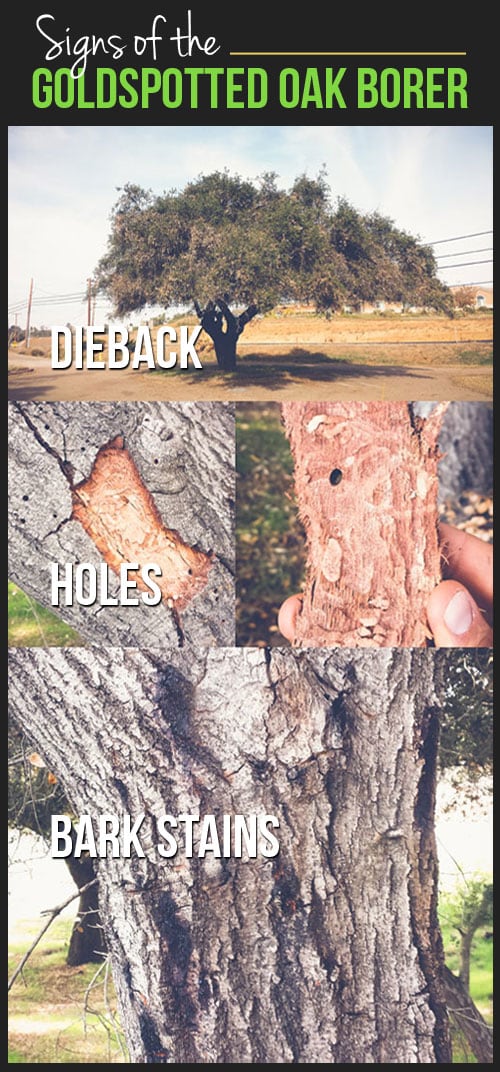Indications It's Time To Get Rid Of A Tree - A Homeowner'S Guide
Indications It's Time To Get Rid Of A Tree - A Homeowner'S Guide
Blog Article
Author-Hollis Abrahamsen
Trees add elegance and worth to residential property, but they can also position a danger throughout extreme climate events. If a tree has actually stopped growing, is showing noticeable fungal growth, or has a leaning trunk, it must be eliminated by an expert to avoid home damages and injury.
To read more, participate in a property owner source reasonable co-hosted by HPD, the Facility for NYC Neighborhoods, and Brooklyn-based real estate partners this night in Bedford-Stuyvesant. The event will certainly include the Property owner Manual, a new guide to aid homeowners browse the duties of owning a home.
1. Dead or Perishing Branches
Trees are an important part of your home's landscape, offering shade and charm. They also supply sanctuary for wildlife and generate oxygen, yet even healthy trees can experience illness that might demand their removal. Dead or passing away trees aren't simply unsightly, they can be harmful. Their branches might drop throughout a storm, leading to expensive home damages and injuries.
When a tree's branches begin to pass away, it suggests that its framework is starting to break down. If the majority of its branches are dead, it is most likely time to remove it.
Seek a lack of new development, bark peeling, open wounds or cavities, fungis growing on the trunk or roots and a general look of degeneration in the whole canopy. These indications of infection can suggest a major problem that will certainly call for professional tree solutions to solve.
2. Leaning Trunk
While it's normal for trees to lean every now and then due to phototropism, if a tree has a hazardous or extreme lean that's not due to natural processes - maybe a sign that the tree requires to be removed. If the tree is leaning toward a power line, home, automobile, play structure or any other area that could be hazardous to people if it drops, after that speaking to a professional tree service for elimination must be a top priority.
It's additionally essential to watch for any kind of sudden changes in a tree's leaning as it can indicate damages to the origins or trunk that may result in falling. This is particularly true throughout stormy weather, given that high winds and rain-soaked dirt can create a lean to change swiftly. Routine surveillance, specifically throughout and after storms can help property owners recognize possible issues with their trees so they can call an arborist for a comprehensive evaluation.
3. Parasite Invasion
Some pest infestations, such as wood-boring bugs like emerald ash borer or sap-suckers like scale pests, are so extreme that they can create a tree to die. The very best method to prevent pest invasion is to check your trees regularly. Search for areas, openings, or discolorations in the leaves and bark. Analyze the trunk for fractures and indications of insect damage, such as tunnels or tracks.
If a tree ends up being too plagued with bugs, or is close to a home or high-voltage line, an arborist might recommend removal. If a leaning tree creates a new, unstable lean, an arborist will likely suggest removal too to make certain the safety and security of individuals and building. If a damaged or dead tree constantly sheds extreme branches, it is an indication that it is time to get rid of the tree. If a tree continues to shed branches for an extended time period, it might cause structural problems and possible home damages.
4. Harmed Trunk
Trees are a gorgeous and fundamental part of our landscape, but they do call for normal like maintain them healthy and safe. If a tree is harmed irreparable it is most likely time for it to find down.
Look for https://www.realtor.com/advice/home-improvement/backyard-landscaping-ideas/ of damages to the trunk, including upright splits, joints, dead branch stubs, visible injuries or open tooth cavities and extreme tree-rot. The existence of fungi at the base of the trunk is one more alerting sign. Fungis may show that the phloem and xylem (life-support cells) are compromised, permitting the spread of condition or a future failure.
Likewise, think about whether the tree has actually quit expanding. Healthy and balanced trees will have brand-new development each year, which might be visible as buds or branches sprouting and extending. If you do not see any kind of new growth, it's an excellent idea to have an arborist evaluate the tree and follow their suggestion for elimination. A dying or damaged tree can fall and trigger residential or commercial property damage.